The New Mazda 3 Is Tanking - Can More Equipment and a Higher Base Price Change That in 2020?
2018 was the worst year for U.S. sales of the Mazda 3 since Bill Clinton was president. Back in 2000, the last time Mazda failed to sell more than 65,000 compacts, the Mazda 3 wasn’t even the Mazda 3 – it was the Mazda Protege.
Of course, 2018 was a different kind of year for Mazda’s primary passenger car. Mazda was putting its aging, third-generation Mazda 3 out to pasture in an increasingly anti-car market; preparing instead to launch a stylish new Mazda 3 with an all-wheel-drive option that would (theoretically) steer buyers away from crossovers.
That new car, however, is faring far worse in the U.S. market. Buyers are steering clear of Mazda’s newest car. Year-over-year, Mazda 3 volume is down by more than a fifth. In fact, 2019 is on track to be the lowest-volume year of the Protege/3 era.
Mazda is responding with a 2020 Mazda 3 that will hit the market with a higher base price. And significantly higher equipment levels.
JUST HOW BAD IS IT?
Between its 2012 peak (incidentally, the last time Mazda cleared out an outgoing generation of the 3) and the doldrums of 2019, U.S. sales of Mazda’s compact have fallen 54 percent. There’s been a massive marketplace shift during that seven-year span, but it’s a shift with which some competitors have managed to cope. Honda Civic sales, for example, are 10 percent stronger now than they were when the 3 was peaking in 2012; Toyota Corolla sales are up 7 percent during the same time span.
The 3, however, has succumbed. 36,999 copies of Mazda’s No.2 car were sold in the first eight months of 2019; nearly 10,000 fewer than in the same stretch of 2018.
In 2014, the 3 was still Mazda’s best seller, accounting for slightly more than one-third of the brand’s sales. Now the 3 produces less than one-fifth of Mazda’s U.S. volume.
Although the Civic and Corolla are benefiting at the expense of others, the Mazda 3 is not alone in its malaise. It’s old news now that passenger car demand has weakened to such a degree that FCA, Ford, and GM have either pulled or are in the process of pulling their compacts out of the market. Dart, Focus, Cruze? Gone and going. Mitsubishi gave up on the Lancer. The Volkswagen Golf’s U.S. future isn’t bright.
Kia launched a new Forte for 2019, and it’s down 2 percent. Hyundai Elantra volume is off by 14 percent this year. At a Subaru brand that’s reported growth in 93 consecutive months, Impreza sales are down 19 percent this year. Nissan Sentra volume slid 7 percent during the first two-thirds of 2019.
The Mazda’s case nevertheless stands out, not only because of the rate at which sales of the 3 are declining, but because of the hopes that were pinned on an all-new car that earned early plaudits and the nameplate’s past success.
Given the overall brand’s performance in 2019, perhaps the 3’s difficulties aren’t so surprising. Sales of every model in the brand’s lineup are lower this year than last.
That includes an even sharper 29-percent drop in sales of the midsize Mazda 6 and double-digit percentage declines for the MX-5 Miata, CX-3, and CX-9. Even the Mazda CX-5, the brand’s top seller that benefited from a new high-grade Signature trim level and a newly available turbocharged engine, has suffered a 3-percent slowdown in 2019.
WHAT PRICE INCREASE?
Wisely, Mazda isn’t leaving the 3 alone. A quick response to the 3’s failed launch is coming for the 2020 model year. Hidden behind the unfortunate news of a marginally higher base price – sedan pricing climbs $500 to a $22,420 point of entry; some trims go up $100; some trims remain the same – is a host of extra standard equipment for the new model year.
The entry-level Mazda 3 will now include Mazda’s i-Activsense active safety tech: adaptive cruise control, automatic emergency braking, driver attention alert, lane departure warning, lane-keep assist, auto high beams. Auto on/off headlights and rain-sensing wipers are now part of the base 3, as well.
That makes the 3 nicely equipped, but it certainly doesn’t provide it with one of the more marketable MSRPs. The Honda Civic includes Honda Sensing safety gear, but starts below $20,000. Toyota Safety Sense is part of every Corolla, which also starts below $20,000.
A decidedly higher base price helps Mazda on its quest to stand out as a more premium brand. But it doesn’t appear to be doing the brand any favors when it comes time to sell cars.
[Images: Mazda]
Timothy Cain is a contributing analyst at The Truth About Cars and Driving.ca and the founder and former editor of GoodCarBadCar.net. Follow on Twitter @timcaincars and Instagram.
More by Timothy Cain
Latest Car Reviews
Read moreLatest Product Reviews
Read moreRecent Comments
- Lou_BC Well, I'd be impressed if this was in a ZR2. LOL
- Lou_BC This is my shocked face 😲 Hope formatting doesn't fook this up LOL
- Lou_BC Junior? Would that be a Beta Romeo?
- Lou_BC Gotta fix that formatting problem. What a pile of bullsh!t. Are longer posts costing TTAC money? FOOK
- Lou_BC 1.Honda: 6,334,825 vehicles potentially affected2.Ford: 6,152,6143.Kia America: 3,110,4474.Chrysler: 2,732,3985.General Motors: 2,021,0336.Nissan North America: 1,804,4437.Mercedes-Benz USA: 478,1738.Volkswagen Group of America: 453,7639.BMW of North America: 340,24910.Daimler Trucks North America: 261,959






















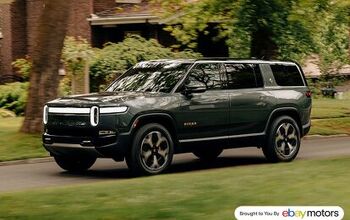
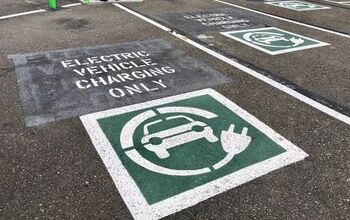


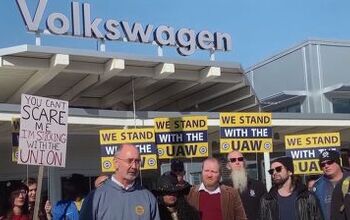

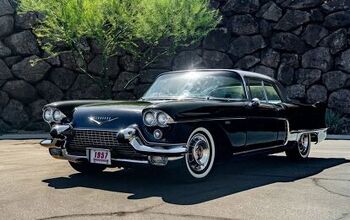
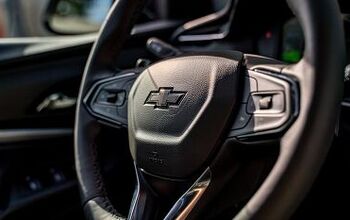
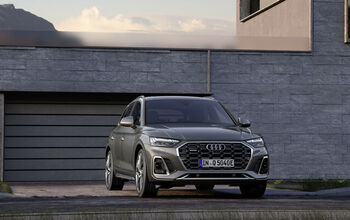
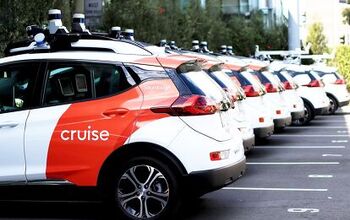
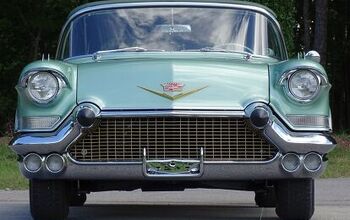
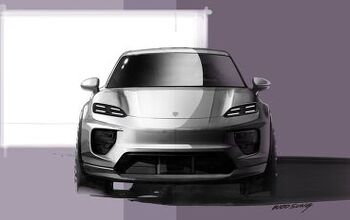
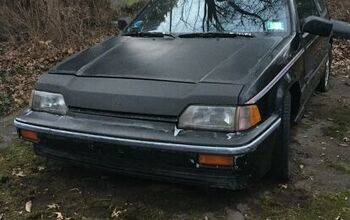
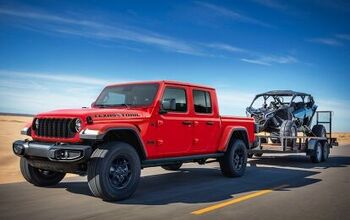

Comments
Join the conversation
A decidedly higher base price helps Mazda on its quest to stand out as a more premium brand. But it doesn’t appear to be doing the brand any favors when it comes time to sell cars. LOL. Yes, because raising the price of some supremely ugly product makes it a premium brand. "Mazda. Premium Because We Say So. Zoom Zoom". Flush goes the toilet.
If banks and the manufacturer don’t back a car, it doesn’t sell in high volumes. You need a bank that offers residuals of 60% and higher with reasonable money factors. In a pinch, you need a manufacturer who can offer $1,000 - $2,000 rebates to sell cars - that translates to $27 to $55 per month on a traditional 36 month lease... Think about that on a sub $30,000 car. That’s substantial savings to motivate a buyer. These 50-55% residuals are too conservative, Subaru suffers the same.